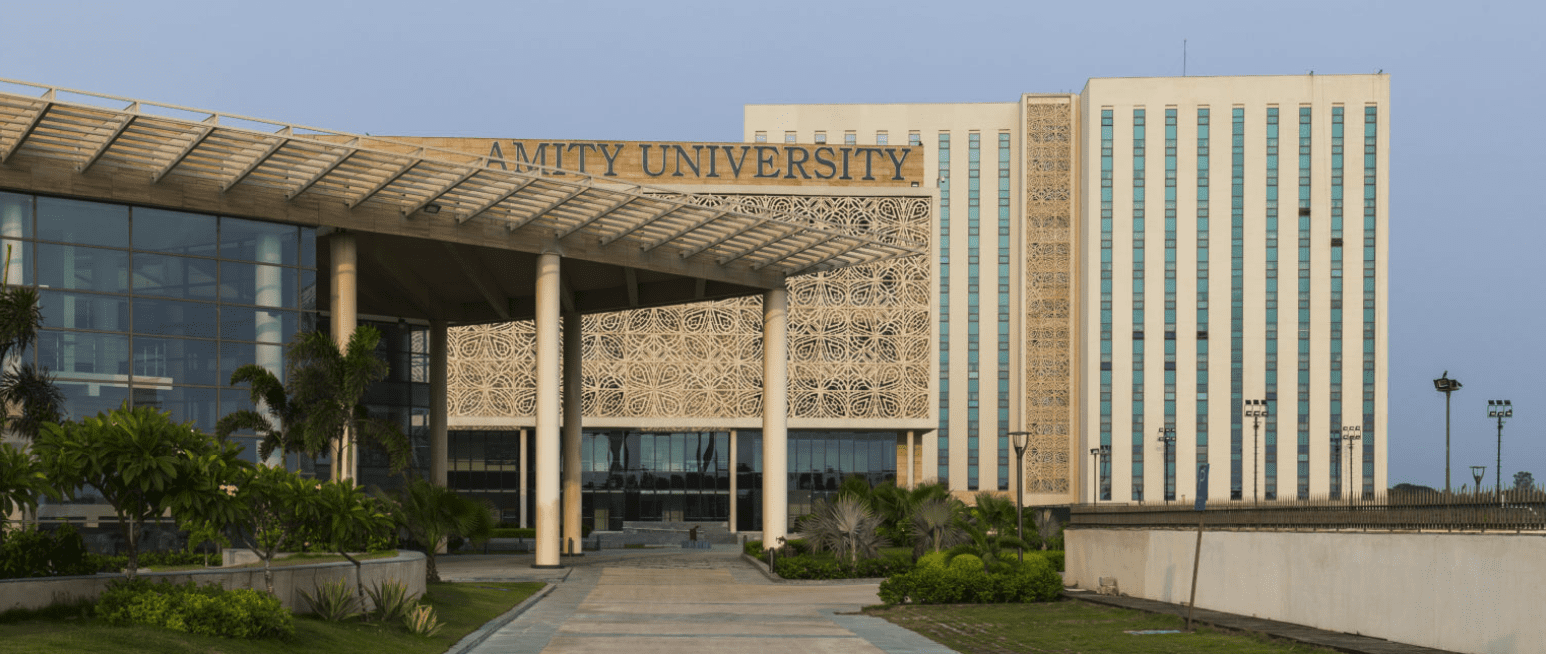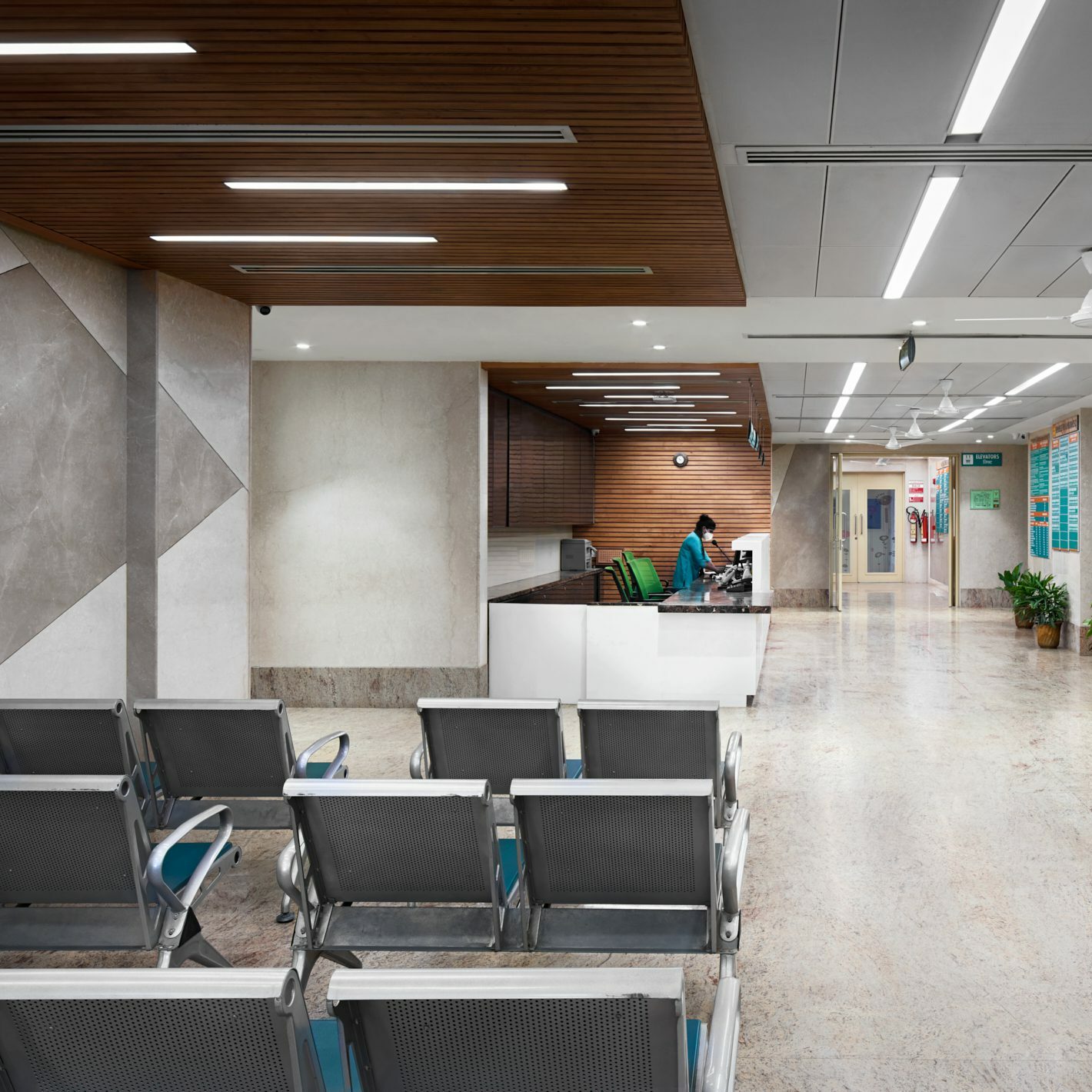Connecting Cities to Campuses
Cities have long served as the generators of wealth as well as new ideas. Home to a variety of cultural institutions, cities aggregate resources and attract talent – providing the space and opportunity for citizens to flourish. Against this backdrop, educational institutes have the unique opportunity to shape the future of the cities they inhabit because they nurture the minds of future generations. They influence not only the culture of the local community, but oftentimes play a vital role in preserving local cultural values – be it through built-form or by fostering a sense of community by generating dialogue among citizens. In a purely economic sense as well, colleges and universities are opportunity creators – creating jobs for the locals, within and around campuses, that attract a crowd of people and the opportunities they generate through educational programmes.
SHAPING THE COMMUNITY – Imparting knowledge and generating dialogue
Institutions by their very role embody the culture and values of a region, and can become valuable community resources by building on these. As generators of new ideas, they should play a more active role in working with communities to test out the theoretical research being conducted, and share their findings with the people in order to better understand the practicality of the work being undertaken. By working with citizens to inform their work – creating a dialogue with them, being transparent about methodologies and intent – they enrich not only the public, but their own research. It can prove to be a valuable tool in bridging the gap between theory and practice.
Here, the spatial programme and design strategy for an institution becomes vital. A porous masterplan, where the threshold is designed to balance a sense of transparency and opacity with the public can ensure that they add to the social and cultural infrastructure of a city. The threshold of an institute should be an extension of the street, opening out to the public in order for them to come and engage with the institute, and to participate in discourse in ways that are constructive for both. Spatially, public spaces such as amphitheaters, courtyards, ideation grounds, and galleries that allow for public interaction and collaborative engagement with the institution’s work are one strategy that would make institutional design more transparent.
For instance, in the design of Amity University Noida, the zoning scheme of the project orients the institutional building along a NE-SW axis, with the sports facilities of the campus being placed along the southern periphery of the site. Opening onto an arterial road, these facilities – replete with a health centre – are zoned in such a way that they may be able to cater to the local population if needed, without disrupting academic activities in the rest of the campus.

INTERPRETING CULTURE – Reflecting the values of society
While educational campuses shape the future of the community, they also face the challenge of interpreting local context – the history of the city, the sociocultural identity of its people, and the ways in which these entities shape the existing built-fabric. This compounds the challenge of campus design, since the decisions of the institution affect people’s lives in the surrounding areas for years to come. Design tactics that merge seamlessly with the local context can ensure that the institutions seem inviting and transparent. In this regard, the notion of ‘critical regionalism’, where local needs and values are interpreted through the progressive lens of modernisation can greatly inform institutional design. To shape the culture of the cities they are located within, campuses must establish a critical dialogue with their settings – acknowledging inherited wisdom, but ensuring that they are future-ready. The need of the hour is progressive institutions that invite collaboration through spatial planning that is porous and allows public participation, and yet can draw from the past and present cultural milieu to reflect the values of the society.
Taking cues from the local built language, as one of the ways to make optimal use of available resources, and adopting vernacular building technologies and merging them with contemporary needs – such as ensuring energy efficiency in buildings are some of the means by which local building practices can be revived for modern use. Through a distinct built identity and a spatial programme that creates an inviting environment for students, institutes can drive growth and contribute towards preserving the culture of a region, carrying it forward for future generations. While the use of local resources and sustainable methods of construction is not limited to institutional design alone, these can become ‘placemaking’ tactics, fostering a sense of community and connection in a city, taking a part of the city’s identity and preserving it in built-form.
For instance, the local ‘adda’ culture in Kolkata informed our design for Amity University in the city. The design of the university’s amenities core interprets the nodal character of the adda at the campus level, with the design scheme placing all the social functions at the heart of the campus. The interstitial green spaces, on the other hand, interpret it at a singular block level. The result is a high-density campus on a 10-acre site, built with an equal focus on traditional academic infrastructure and collaborative community spaces.

PREPARING FOR THE FUTURE
Design and research must inform each other if institutions are to address future aspirations while reflecting the present society’s ideals. Research can rightly inform how emerging technology can be used in tandem with the wisdom of the past, and how institutions can become more inclusive while preserving a city’s built-heritage and identity. After all, institutions are responsible for shaping the future of the regions they are placed in – by driving economic growth, and shaping sociocultural values. They influence the minds of generations to come not just through their built identity, but by the way they impart education.
Institutions have a large role to play in not only connecting their academic intentions to society’s needs, and to their students but also reflecting the identity of the place they’re situated in. So while they may respond to their contexts, culture and community, the ultimate goal is to impart education and learnings to the coming generations in the country. Hence, they must maintain a balance between the present way of being and the aspired future while reflecting the ambitions of the society.
Spokesperson: Akanksha Gupta



